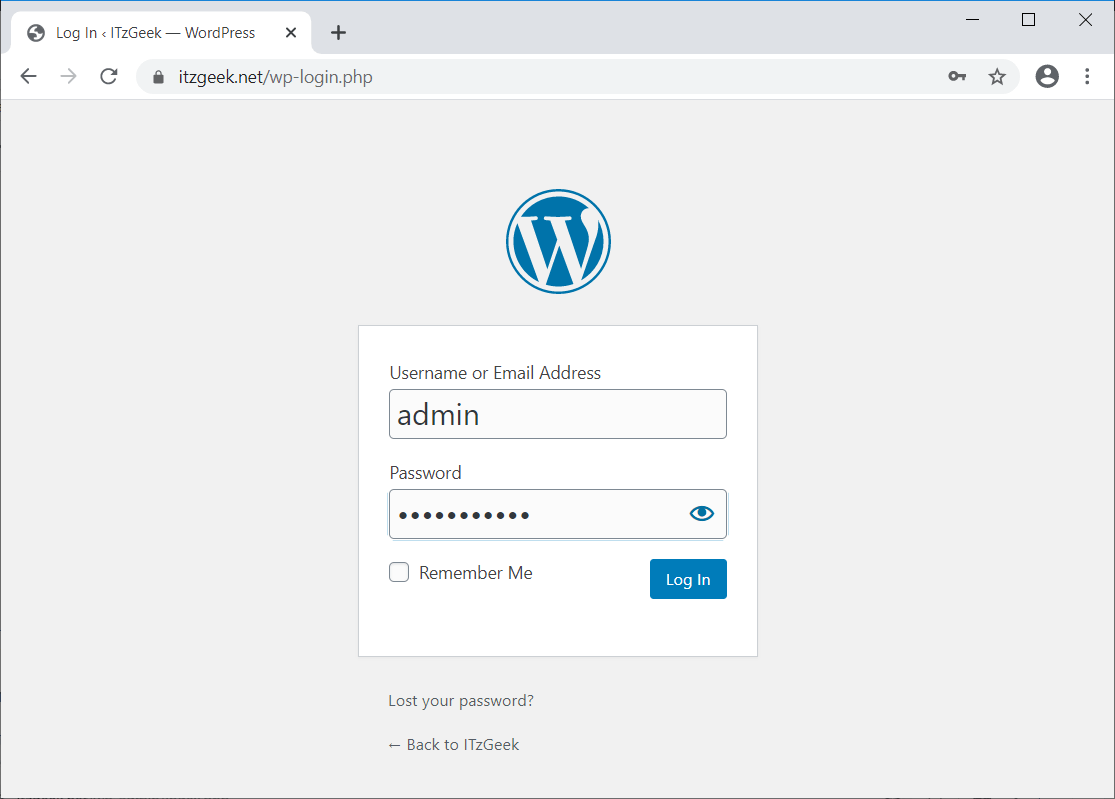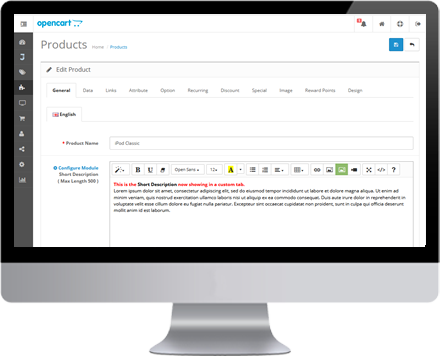

Typically, WordPress users must use "almost pretty" URLs (for example, ). Note the temporary password assigned for the administrator account.įigure 2: Note the administrator passwordīegin managing your blog from Figure 3: Log on to blog Type the name of your blog and your e-mail address, and then click Install WordPress.
Edit wp-config.php change the DB_NAME, DB_USER, DB_PASSWORD, and DB_HOST values as follows:įrom Windows® Internet Explorer®, go to. From Windows® Explorer, navigate to the installation directory C:\inetpub\. Modify the WordPress configuration file to connect to the database. This article uses the following database information: Also create a user and grant this user "db ownership" permission to the database. Uncompress the WordPress files and copy the files to C:\Inetpub\Set Up the Databaseīefore starting the installation procedure for WordPress, you must create a database on your server. For this article, WordPress version 2.8.5 was used. Uncomment extension=php\_mysql.dll in the extensions list to enable MySQL support.įirst, download the latest stable release of WordPress. Define extension\_dir as c:\php\ext (for example, the location of your php extensions directory). The instructions have been tested and found to work in the following configurations:įrom the base default configuration file provided by PHP, modify the following lines in your Php.ini configuration: The following article provides guidance for installing WordPress manually. If you need the Microsoft® Web Platform, you can install the components with the Microsoft® Web Platform Installer (Web PI), which is also available at the Windows Web App Gallery. 
The easiest way to install WordPress is by downloading it from the Windows® Web App Gallery. This document assumes that you have completed the setup and configuration of the FastCGI extension and PHP libraries. According to ,WordPress is "a state-of-the-art semantic personal publishing platform with a focus on aesthetics, Web standards, and usability." The following sections describe how to install and configure WordPress for use with FastCGI on Internet Information Services 7 (IIS 7) and above. WordPress is a blog publishing application and content management system.






 0 kommentar(er)
0 kommentar(er)
